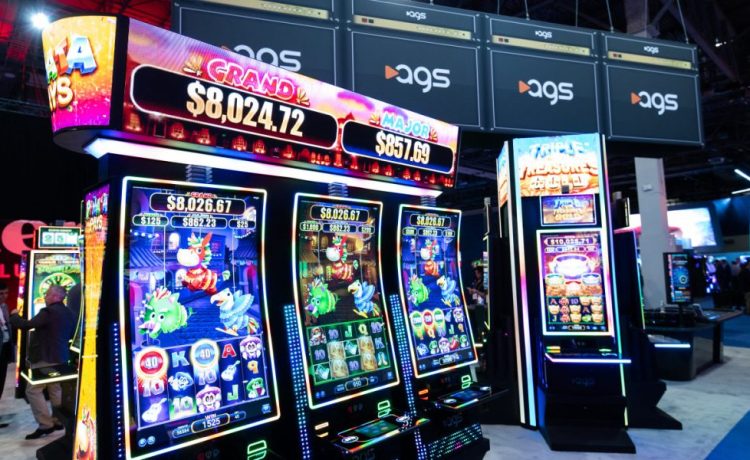Demographic customization has become a cornerstone strategy for Luxury138 operators seeking to maximize player engagement across diverse audiences. Data analytics and user profiling systems are used by modern platforms to deliver customized gaming experiences targeted to specific age groups, geographical regions, and cultural backgrounds. This targeted approach allows operators to create tailored content, adjust interface designs, and modify gameplay mechanics to match the expectations and comfort levels of different player segments while maintaining broad appeal.
Age-based customization methods
- Different age groups exhibit distinct preferences for visual design, game complexity, and interaction styles, prompting operators to develop age-appropriate customization strategies.
- Older demographics typically favour more traditional slot themes with familiar symbols, slower gameplay pacing, and simplified bonus features that don’t require complex decision-making.
- Middle-aged players frequently seek a balance between innovation and familiarity, leading to hybrid designs incorporating modern technology and traditional gaming elements.
Cultural theme adaptation
Geographic and cultural customization extends beyond simple language translation to encompass deep cultural resonance through themed content and visual design choices. Operators research local holidays, folklore, popular entertainment, and cultural symbols to create region-specific slot themes that feel authentic and engaging to target audiences.
- Festival-themed slots aligned with local celebrations and traditions
- Historical themes featuring regional heroes, landmarks, and significant events
- Popular culture references from local movies, music, and television shows
- Traditional art styles and colour schemes that resonate culturally
- Folklore and mythology adapted into compelling gaming narratives
Music and sound design receive similar cultural treatment, with operators incorporating regional musical styles, traditional instruments, and familiar melodies that create emotional connections with specific demographic groups. These audio customizations help establish cultural authenticity while maintaining universal gaming appeal.
Income-targeted features
Economic demographics influence how operators structure betting options, bonus systems, and reward programs to accommodate different spending capabilities and gaming budgets. High-income players often receive access to premium games with larger betting ranges, exclusive tournaments, and personalized customer service that reflects their value to the platform. Budget-conscious players benefit from extended play features, smaller minimum bets, and frequent small rewards that maximize entertainment value per dollar spent. These players often prefer games with higher hit frequencies and smaller jackpots rather than high-variance options with infrequent large payouts.
Device-specific optimization
Mobile versus desktop usage patterns reveal demographic preferences influencing interface design, game selection, and feature implementation. Younger players predominantly use mobile devices, requiring touch-optimized controls, portrait orientation support, and data-efficient gameplay that works well on cellular networks.
- Touch interface optimization for mobile-first demographics
- Desktop-focused features for traditional computer users
- Cross-platform synchronization for multi-device players
- Bandwidth optimization for varying internet connection qualities
- Battery life considerations for extended mobile gaming sessions
Screen size optimization ensures visual elements remain clear and interactive across different devices while maintaining the intended aesthetic impact. Operators test games across multiple device categories to ensure consistent experience quality regardless of platform preferences. Demographic customization represents a sophisticated approach to creating inclusive gaming experiences that resonate with diverse player populations through targeted design strategies. These personalization efforts extend across visual design, cultural themes, economic accessibility, and technical optimization to ensure every player segment feels valued and engaged. The success of these customization efforts depends on balancing targeted appeal with universal accessibility to create gaming environments that welcome diversity while maintaining operational efficiency.












